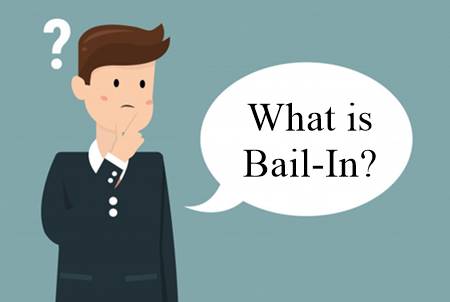Bail-In
What is Bail-In?
A bail-in is meant to provide relief to financial institutions that are on the edge of failure by cancelling the debts that they owe to depositors and creditors. Typically, this concept contradicts the concept of the Bailout that comprises the rescue of an institution by any external party, mainly the government that uses funding or the money of taxpayers.
Understanding the Law of Bail-In
The situation of bail-ins come into the picture due to necessity. Deposit-holders or investors, who is stuck in a troubled financial institution, generally prefer keeping the organization solvent rather than taking out all of the investments and create a scenario of crisis.

Moreover, even governments would not want an institution to Fail on the grounds of Bankruptcy as it can cause several issues in the Market.
Bail-In Examples Across the World
Back in 2013, Cyprus experienced a substantial collapse of the banking systems. Overnight, banks were shut, and people didn’t have any access to their money. On top of that, even their government denied stepping in. And then, the bail-in method was tried on Cyprus.
However, it turned to be a disaster and caused at least 60% of the depositors’ money. But, before Cyprus, this idea was tried on Denmark. In 2011, the country witnessed a financial crisis, and in response to it, they came up with five different packages for the Bank that comprised increasing the cap of the amount deposited and a safety net.
Talk to our investment specialist
Situation in India
Talking about India, there are two major aspects to be considered. To begin with, the denial of the government regarding the danger that the money of depositors faced and secondly, the need to come up with a legal system that would help to rescue financial institutions.
There has been an appeal to the All India Reserve Bank Employee Association that has been put forward by the governor of the Reserve Bank of India. This appeal demands a security against the bail-in bill by increasing the coverage of insured bank deposits to Rs. 10 lakhs from the existing amount of Rs. 1 lakh.
The same increment was noted back in 1993 after the security scam that came into the limelight in 1992. Then, the security deposit coverage was increased to Rs. 1 lakh from Rs. 30,000.
All efforts have been made to ensure the information provided here is accurate. However, no guarantees are made regarding correctness of data. Please verify with scheme information document before making any investment.





